The reintroduction of captive birds to their natural habitats represents one of conservation biology’s most complex challenges. From endangered species rehabilitation to the rescue of illegally trafficked birds, these efforts embody humanity’s attempt to remedy ecological disruptions. While the goal seems straightforward—return birds to where they belong—the reality involves intricate biological, behavioral, and ecological considerations that determine success or failure. Conservation organizations worldwide invest substantial resources in reintroduction programs, yet many birds struggle with the transition from captivity to freedom. This article explores the multifaceted challenges these magnificent creatures face when returning to their wild homes, the methods experts employ to overcome these obstacles, and what the future holds for avian reintroduction efforts.
The Captivity Paradox: How Sanctuary Becomes a Barrier
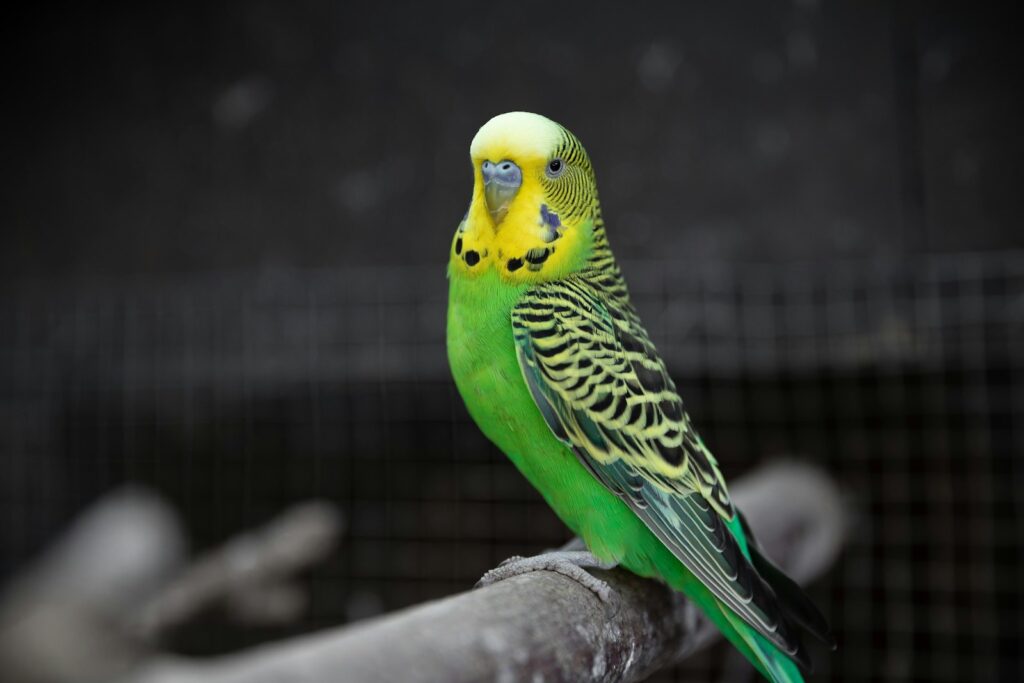
Captivity, while often necessary for injured or endangered birds, fundamentally alters their relationship with the natural world. Birds raised in controlled environments develop behavioral patterns optimized for their artificial surroundings rather than the complex demands of wilderness survival. The very conditions that keep them safe—regular feeding schedules, protection from predators, consistent temperatures, and human interaction—simultaneously erode the essential skills they would normally develop in the wild. For many species, these skills aren’t entirely instinctual but are partially learned through observation and practice during critical developmental periods. Even short periods in captivity can significantly reshape a bird’s understanding of its environment, creating a paradoxical situation where the protection they receive becomes the very thing that compromises their ability to survive independently.
Behavioral Deficiencies: The Missing Skills for Survival
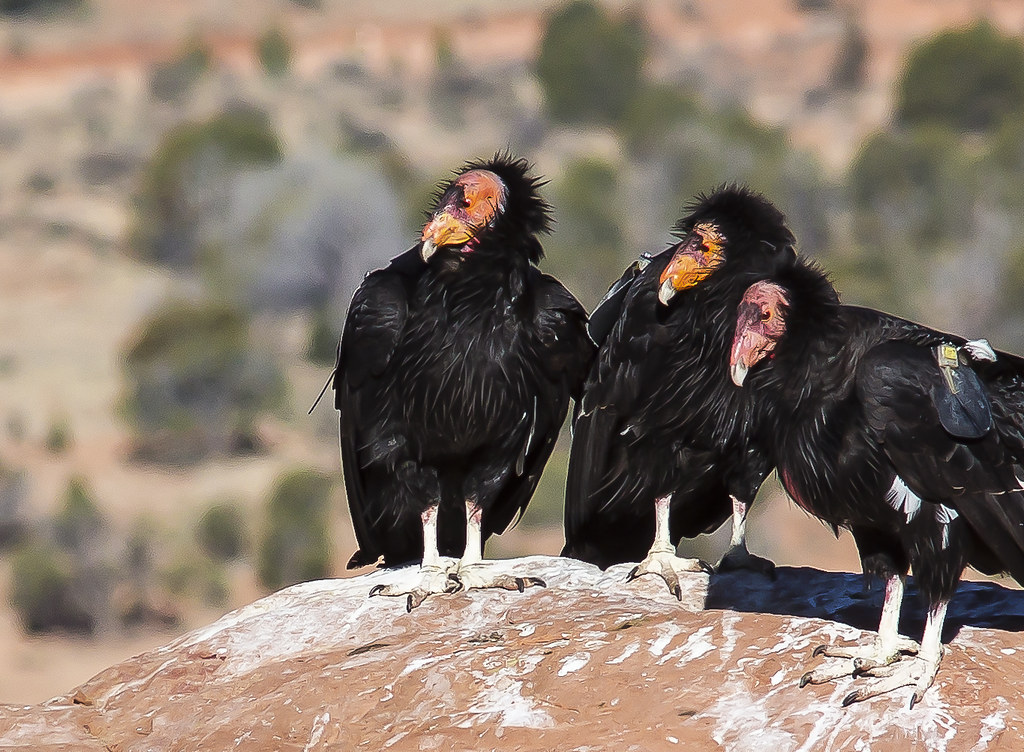
Captive birds frequently develop significant gaps in their behavioral repertoire that prove problematic upon reintroduction. Natural foraging abilities—identifying edible foods, extracting nutrients from complex sources, and efficiently hunting prey—may never fully develop in artificial settings despite keepers’ best efforts. Predator recognition and evasion responses often remain underdeveloped, leaving released birds vulnerable to threats they cannot properly identify or respond to appropriately. Social behaviors critical for integration into wild flocks or finding mates may be compromised, particularly for species raised in isolation or without proper role models. Flight capacity itself can be compromised in captivity, with birds developing insufficient muscle strength, navigation abilities, or endurance for the rigorous demands of wild flight patterns.
Physiological Challenges: Bodies Unprepared for Freedom
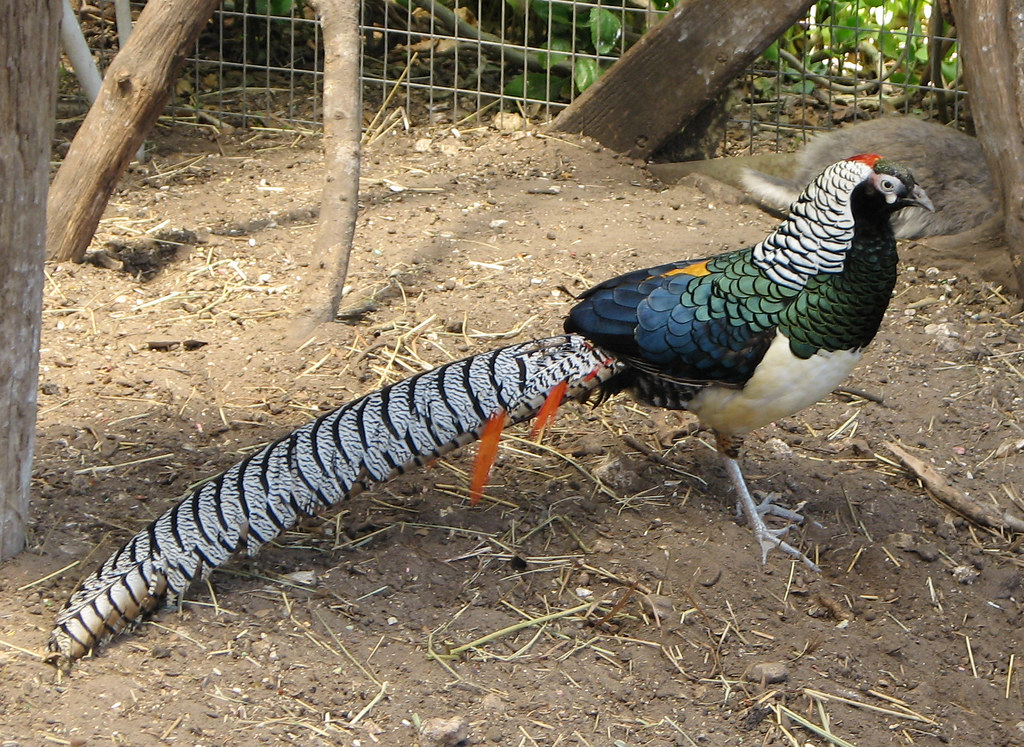
The physical condition of captive birds often falls short of what wilderness survival demands. Birds raised in captivity typically develop different muscle composition compared to their wild counterparts, lacking the strength and endurance necessary for sustained flight, territory defense, or migration. Their immune systems may be inadequately prepared for the pathogen diversity found in natural environments, having been exposed to a limited range of microorganisms within controlled settings. Metabolic differences often emerge between captive and wild individuals, with captive birds potentially struggling to process natural diets or maintain energy levels without scheduled feeding. Additionally, sensory capabilities critical for survival—night vision, directional hearing, and the ability to detect subtle environmental cues—may be underdeveloped in birds that haven’t had the opportunity to hone these senses in challenging natural conditions.
Imprinting and Human Dependence: When Birds Identify with the Wrong Species
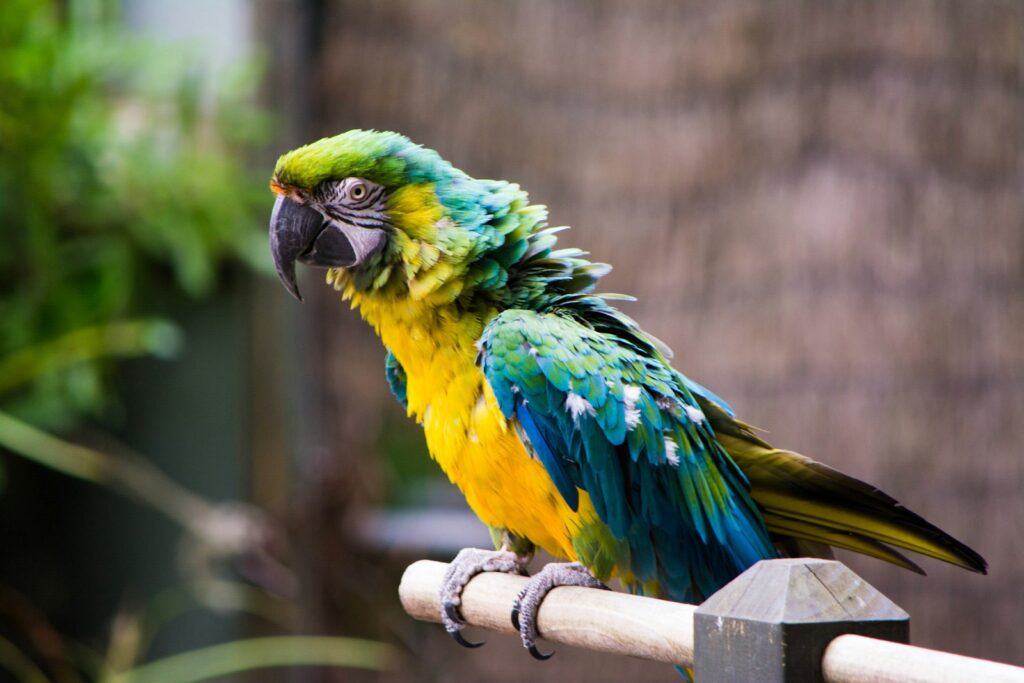
One of the most challenging barriers to successful reintroduction emerges when birds imprint on humans rather than members of their own species. This phenomenon occurs when young birds identify their caregivers as parents or conspecifics during critical developmental periods, forming inappropriate social attachments that shape their behavior for life. Imprinted birds may seek human company rather than joining wild flocks, compromising their ability to integrate into natural social structures. They often lack appropriate mating behaviors, reducing their reproductive success even when physically capable of breeding. Imprinting can fundamentally alter a bird’s self-identification, causing them to display behaviors appropriate for human interaction rather than natural avian social contexts. For some critically endangered species, these challenges have necessitated elaborate rearing protocols using puppets and costumes to prevent human imprinting while still providing necessary care.
Habitat Familiarity: Navigating an Unknown World

Wild birds develop intricate mental maps of their territories, memorizing resource locations, safe havens, and danger zones through experience and learning. Captive birds released into unfamiliar environments face the overwhelming challenge of creating these cognitive maps from scratch, often without the guidance that young wild birds receive from parents or flock members. Navigation abilities, which may combine genetic programming with learned components, can be compromised in captivity where natural navigation cues are absent or distorted. The selection of inappropriate release sites further compounds these difficulties, particularly when birds are returned to areas significantly different from their natural habitats or historical ranges. The ability to locate critical resources—seasonal food sources, appropriate nesting materials, or water during dry periods—requires landscape knowledge that captive birds often lack entirely.
Disease Transmission: The Two-Way Threat
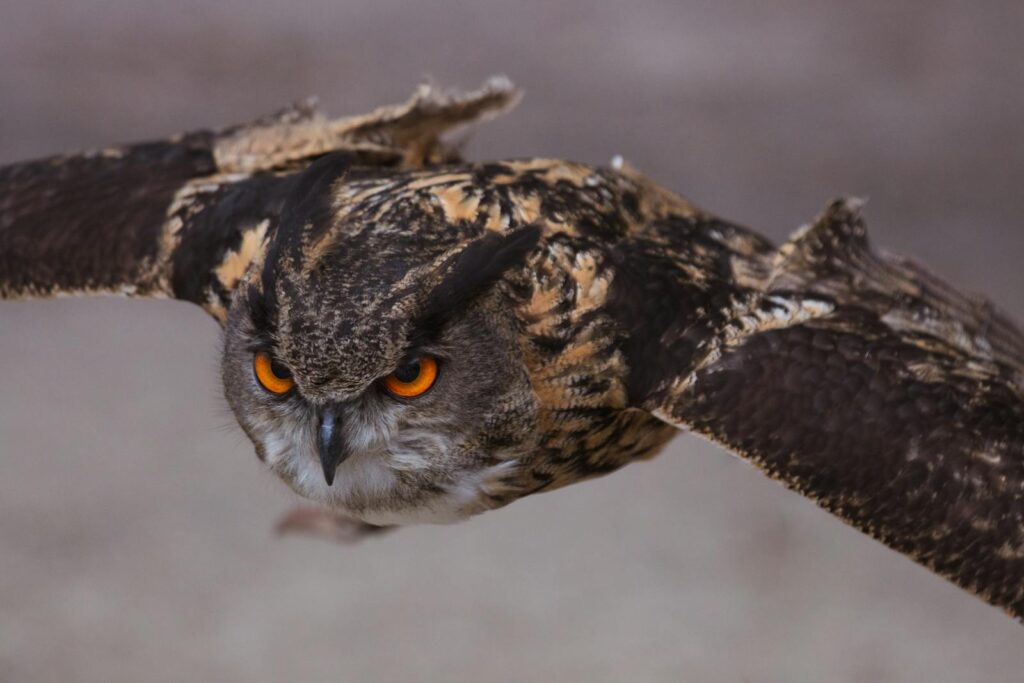
Reintroduction programs must navigate complex disease dynamics that pose threats in both directions between captive and wild populations. Captive birds may carry pathogens acquired in artificial environments that could potentially devastate wild populations with no prior exposure or immunity to these novel threats. Conversely, released birds often lack immunity to diseases circulating in wild populations, making them particularly vulnerable to infection upon release. Rigorous veterinary protocols, including quarantine periods, comprehensive testing, and preventative treatments, have become standard components of responsible reintroduction efforts. The case of the Mauritius kestrel demonstrates this delicate balance, where disease management played a crucial role in bringing this species back from the brink of extinction, requiring careful screening to protect both the released birds and the small remaining wild population.
Ecological Integration: Finding a Place in Established Communities
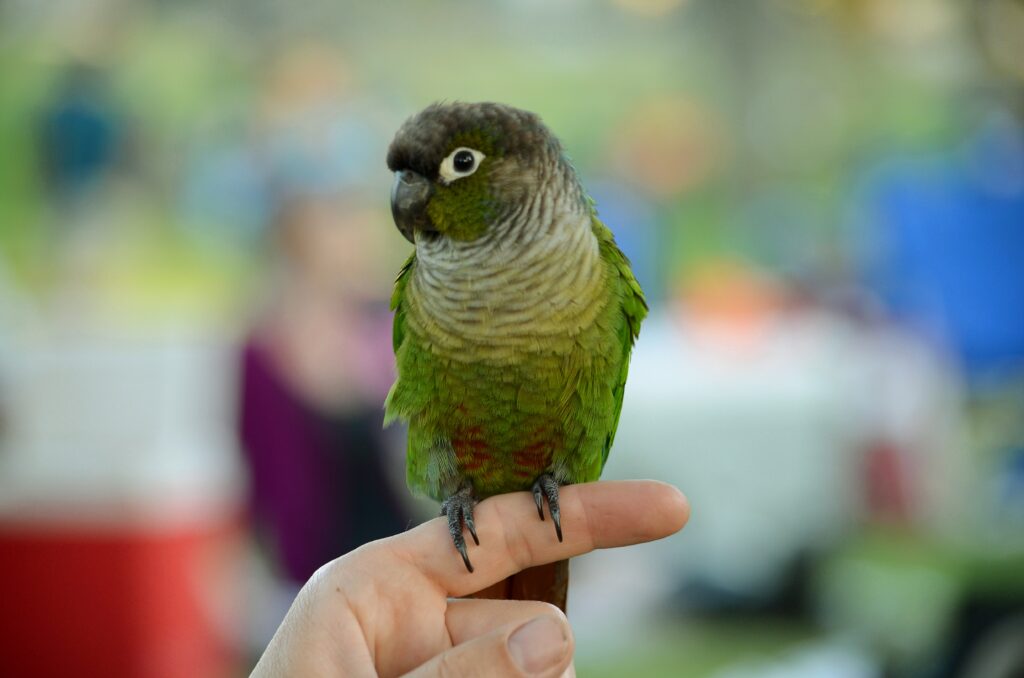
Successfully reintroduced birds must navigate complex ecological communities with established dynamics and hierarchies. Competition for limited resources—nesting sites, feeding territories, or roosting locations—can be intense, with resident birds holding significant advantages over newcomers unfamiliar with local conditions. Predator-prey relationships pose particular challenges, as released birds must quickly learn to identify and respond to local predators while simultaneously finding their own food sources. Social acceptance by existing wild populations represents another hurdle, especially for species where flock membership provides critical benefits for survival and reproduction. The intricate web of ecological relationships in natural systems means that successful reintroduction requires individual survival skills and the capacity to integrate into multiple layers of community dynamics simultaneously.
Soft Release Techniques: Building Bridges to Independence
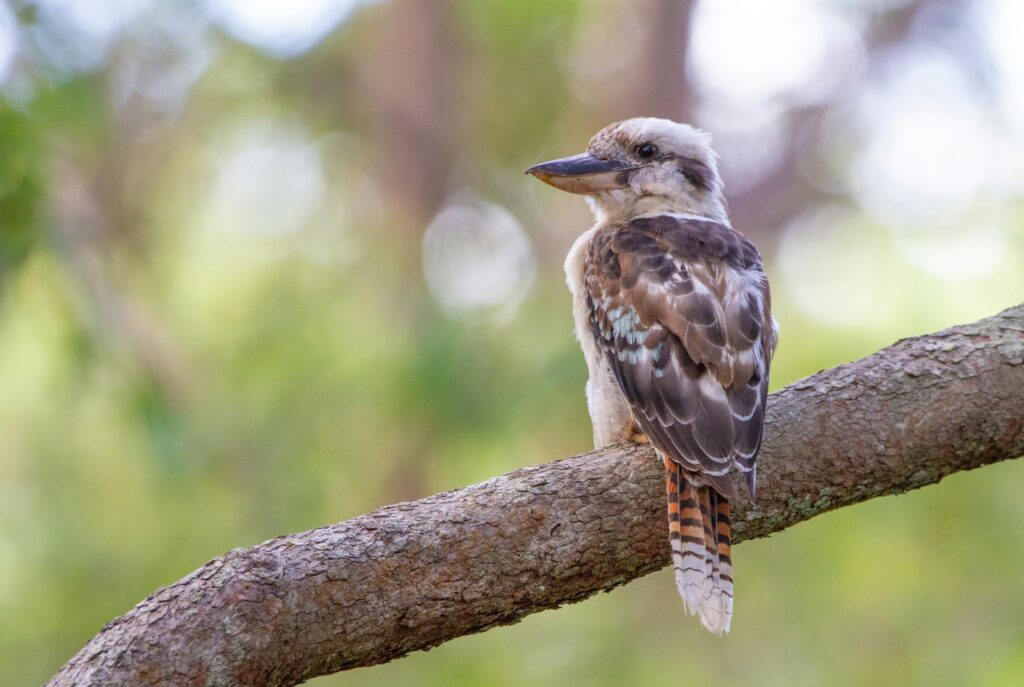
Conservation professionals have developed sophisticated soft-release strategies to address the abrupt transition from captivity to wilderness. These approaches typically involve acclimation periods where birds are kept in on-site aviaries at the release location, allowing them to adjust to local conditions, sounds, and visual stimuli before facing full freedom. Supplemental feeding programs gradually transition birds from complete provisioning to independent foraging, maintaining food supplies at decreasing levels as birds develop self-sufficiency. Post-release monitoring through radio transmitters, wing tags, or other tracking methods provides critical data for assessing success and intervening when necessary. The California condor reintroduction program exemplifies this approach, using extensive acclimation periods and continued supplemental feeding to support these critically endangered birds as they slowly develop the skills needed for independence.
Genetic Considerations: Maintaining Wild Fitness
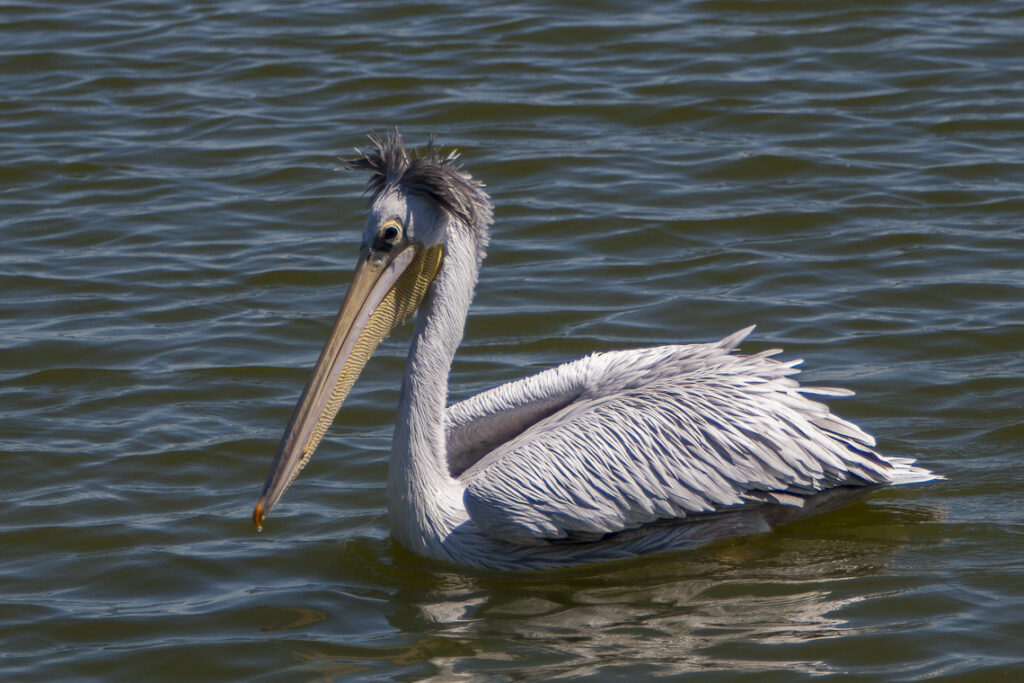
The genetic composition of captive bird populations presents significant challenges for reintroduction efforts seeking to maintain or restore wild genetic diversity. Captive breeding programs must carefully manage genetic lineages to avoid inbreeding depression while preserving adaptive traits essential for wilderness survival. Artificial selection pressures in captivity—both intentional and unintentional—can favor traits advantageous in controlled environments but detrimental in the wild, potentially compromising the fitness of released individuals. The genetic basis for certain behaviors critical to survival, such as migration patterns or predator recognition, may be diluted in captive populations after multiple generations. Programs like the peregrine falcon recovery effort highlight this challenge, requiring careful genetic management to ensure released birds retain the traits that would allow them to hunt successfully and establish viable wild populations.
Psychological Stress: The Unseen Barrier
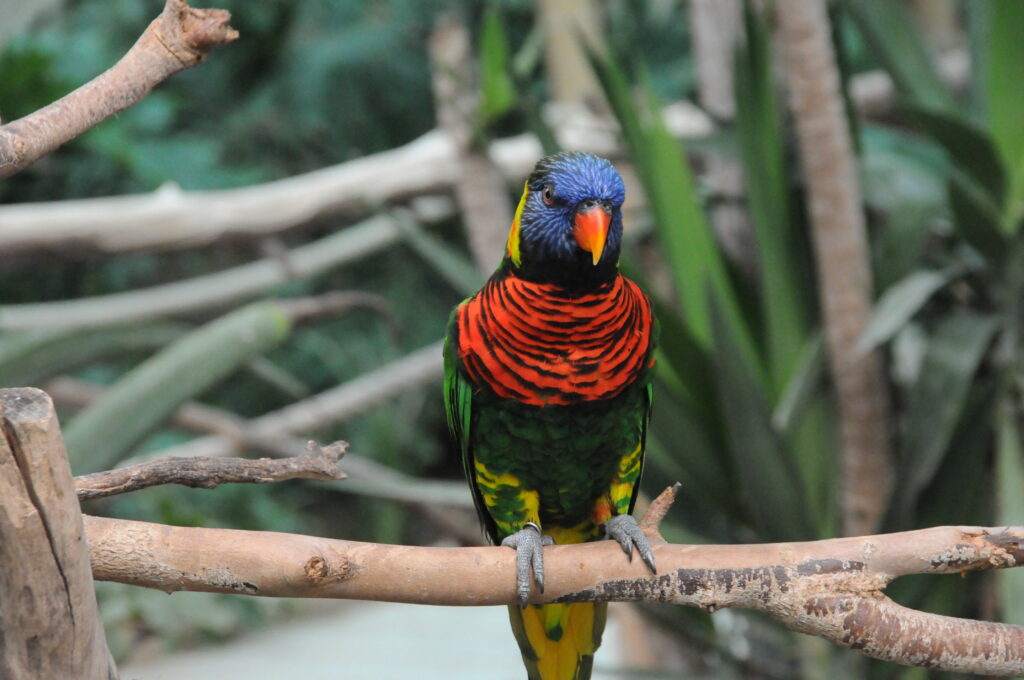
The psychological impact of captivity and subsequent release creates significant yet often underappreciated challenges for reintroduction success. Birds experience substantial stress transitioning from familiar captive environments to unpredictable wild conditions, potentially triggering physiological responses that compromise immune function and decision-making. The sudden freedom from boundaries that previously defined their existence requires major cognitive adjustments that some individuals cannot successfully navigate. Behavioral indicators of psychological distress—abnormal vocalizations, self-destructive behaviors, or persistent attempts to return to captivity—have been documented in multiple reintroduction programs. Recent advances in avian cognition research suggest that the psychological complexity of birds, particularly in species with higher cognitive abilities like parrots and corvids, may make them especially vulnerable to stress-related challenges during reintroduction.
Climate and Environmental Change: Returning to Altered Worlds
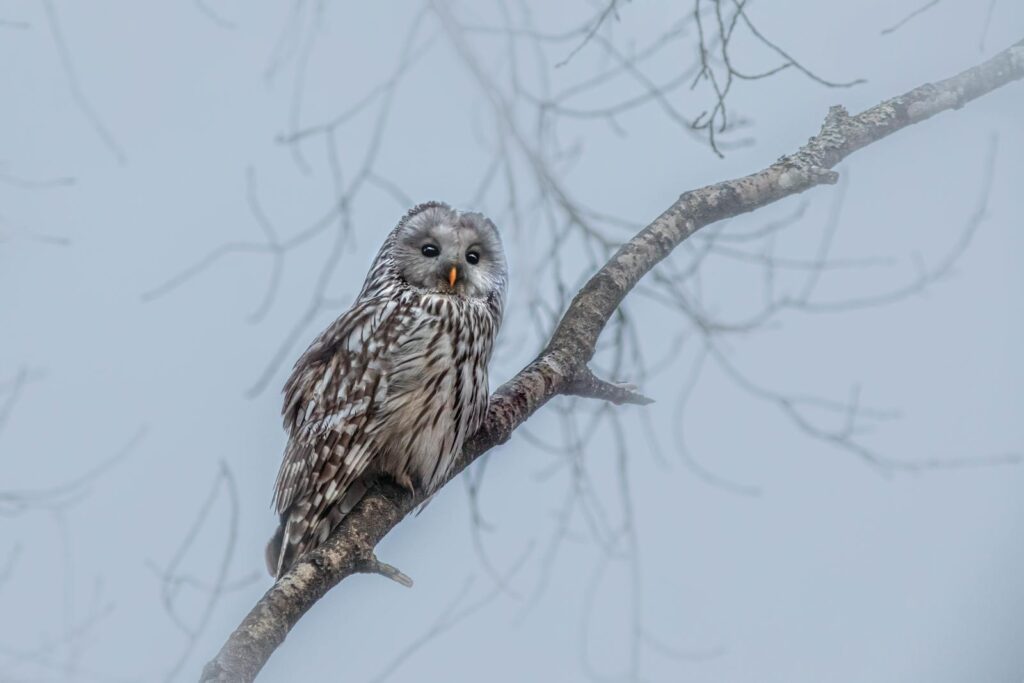
Modern reintroduction efforts face the added complexity of releasing birds into environments that may have changed significantly since their species was last present. Climate change has altered seasonal patterns, food availability, and habitat characteristics in ways that historical preparation may not adequately address. Landscape modifications through development, agriculture, or invasive species have transformed many ecosystems, creating novel challenges that even well-prepared birds must navigate. Pollution impacts, from light pollution affecting migration to chemical contaminants in the food chain, represent threats that weren’t present when many conservation programs began. The reintroduction of the northern bald ibis to European migration routes illustrates this challenge, as conservationists struggled to establish migration patterns in landscapes dramatically changed since the species’ historical presence.
Measuring Success: Beyond Simple Survival
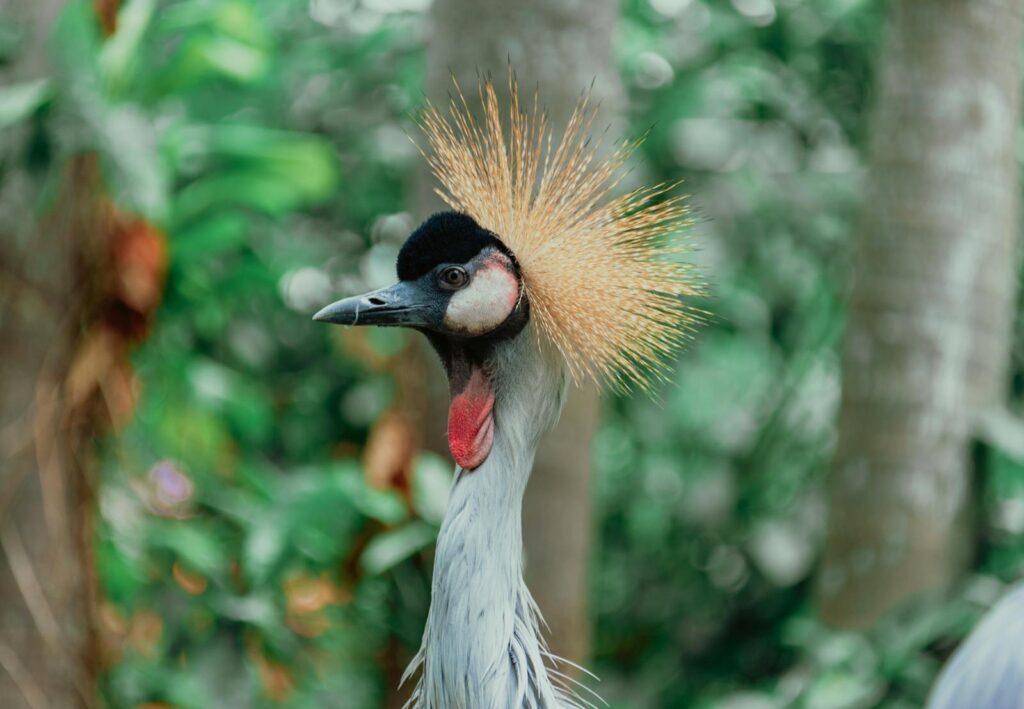
Defining and measuring reintroduction success requires nuanced metrics that go beyond simple survival statistics. Immediate post-release survival provides important short-term data but fails to capture the long-term viability of reintroduced populations. Reproductive success in the wild represents a critical milestone, demonstrating that released birds can complete their life cycle independently and contribute to population growth. Integration into natural behavioral patterns—joining wild flocks, establishing territories, or participating in natural migration—indicates functional ecological recovery beyond mere physical presence. The most comprehensive measure of success emerges when released birds produce offspring that themselves reproduce successfully without human intervention, establishing multi-generational viability that truly restores the species to its ecological role.
Future Directions: Innovation in Reintroduction Science
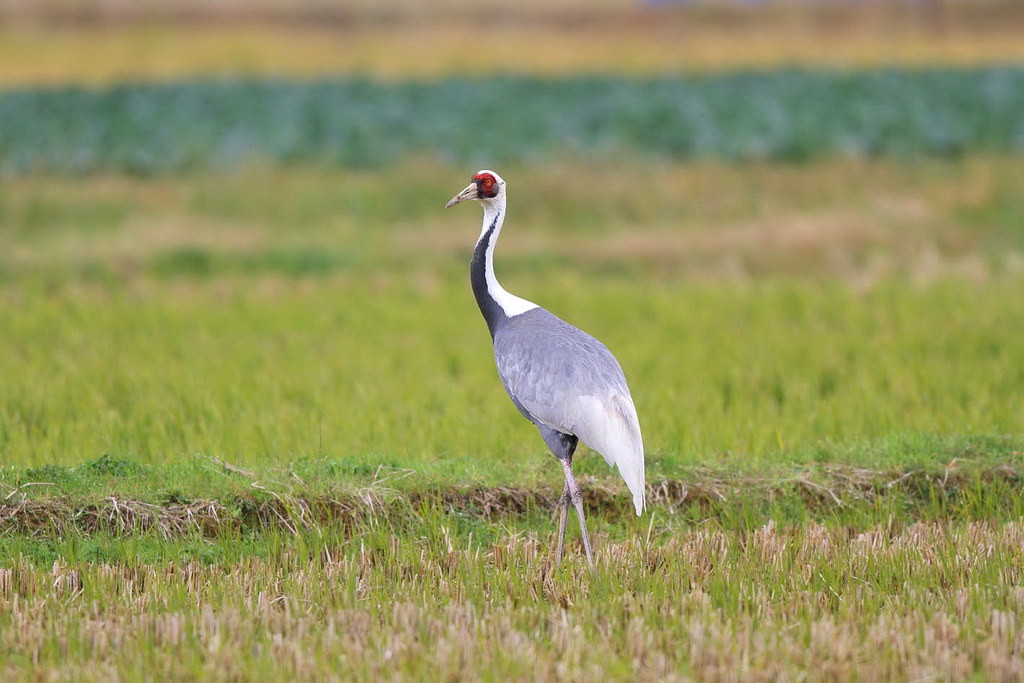
The field of avian reintroduction continues to evolve through innovative approaches and technologies addressing historical challenges. Advanced pre-release training protocols using wild conspecifics as teachers, predator recognition training, and naturalistic environmental enrichment are enhancing behavioral preparation for captive birds. Genetic technologies, including genome sequencing and banking, are providing new tools for maintaining genetic diversity and potentially restoring lost traits critical for wild survival. Interdisciplinary collaboration between veterinary science, behavioral ecology, and conservation biology is generating comprehensive approaches that address multiple reintroduction challenges simultaneously. Perhaps most promising is the increasing recognition that successful reintroduction requires not just releasing birds into suitable habitat but rebuilding their entire ecological context—the web of relationships with other species, seasonal resources, and environmental conditions that ultimately determine whether a species can truly return to the wild.
Conclusion
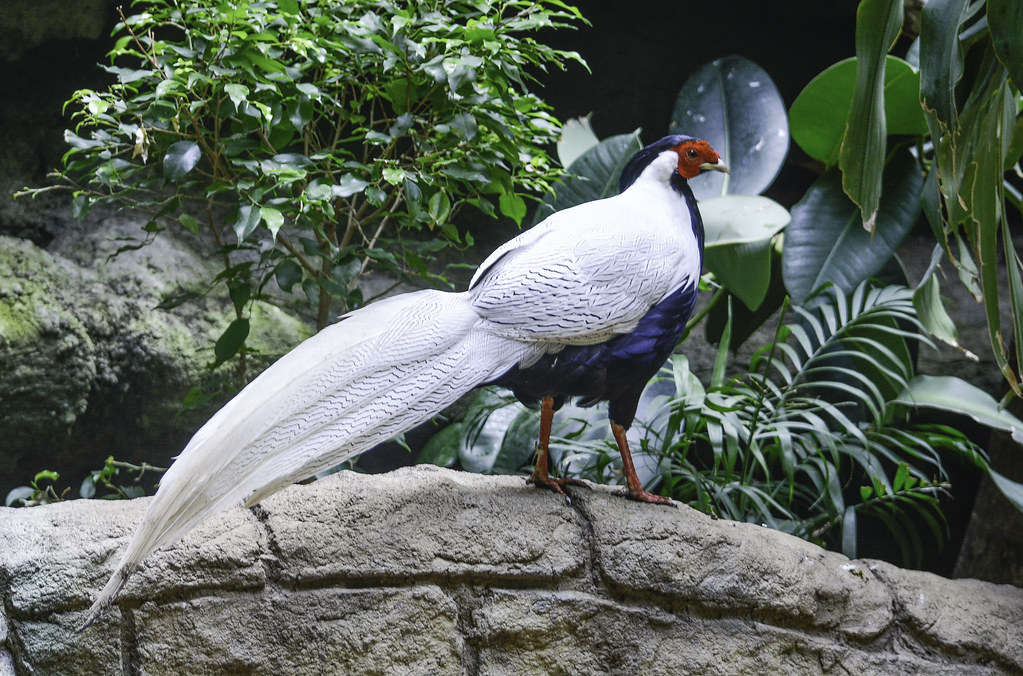
The journey from captivity to successful wild reintegration represents one of conservation’s most challenging endeavors. As our understanding of avian biology, behavior, and ecology deepens, so too does our capacity to overcome the obstacles that have historically limited reintroduction success. The future of avian reintroduction lies not in single-factor solutions but in holistic approaches that address the full spectrum of challenges these birds face. By combining cutting-edge science with respect for natural processes, conservation professionals continue working toward the day when released birds can truly be called wild again—not merely surviving but thriving as functional members of their ecological communities. These efforts represent not just a technical challenge but a moral imperative to restore what human activities have disrupted, preserving the magnificent diversity of avian life for generations to come.
